Relaxation Techniques
Introduction
Relaxation techniques are a diverse array of practices specifically designed to help individuals achieve a state of calm and balance, counteracting the effects of stress and anxiety.
Stress can have physiological effects in addition to psychological ones, including elevated heart rate, palpitations, excessive perspiration, dyspnea, and tense muscles. Numerous varieties of relaxation techniques can be learned through self-help modalities or facilitated by a range of health experts.
People who use relaxation techniques can manage their daily stress levels as well as stress caused by a variety of medical conditions, such as pain and heart disease.
Benefits
Reducing stress can provide several advantages, such as:
- heart rate lowering
- bringing down blood pressure
- lowering the pace at which you breathe
- Enhancing the process of digestion
- preserving appropriate blood sugar levels
- lowering the stress hormones’ level of activity
- Increasing the blood supply to the main muscles
- easing persistent pain and tense muscles
- enhancing focus and mood
- Increasing the caliber of sleep
- reducing weariness
- lowering irritability and aggravation
- Gaining confidence to address problems
Techniques
Breathing exercises and muscular relaxation are popular relaxing methods.
Techniques include:
Deep breathing/diaphragmatic breathing and Box Breathing
where your attention is brought back to your breathing. Box breathing is a technique for breathing exercises that can be used before, during, or after stressful situations to help people control their stress. Box breathing consists of four easy stages. The exercise’s title aims to assist the patient in visualizing a box with four equal sides. This is a flexible exercise that works well in many settings and doesn’t require a quiet one.
- Step 1: Take four deep breaths in through your nose.
- Step 2: Take a four-count breath hold.
- Step Three: Exhale for four counts.
- Step Four: Take a four-count breath hold.
- Repeat.

Note: To suit each person, the steps’ duration can be changed (e.g., 2 seconds instead of 4 seconds for each step).
Guided Imagery
A technique for relaxation aimed to help patients picture a peaceful setting. By diverting their attention from bothersome thoughts, patients might better manage their stress when they visualize peaceful environments. Using all five senses, the image creates a more profound state of relaxation. You can practice guided visualization alone or with the assistance of a story.
Step 1: Take a comfortable seat or lie down. There should ideally be few outside distractions in the area.
Step 2: Imagine yourself in a calm setting by either calling one up in your mind or envisioning one from memory (e.g., a day at the beach). Using the following indicators, elicit environmental elements through each of the five senses:
- What observations do you have? (Take for example the water’s bright shade of blue.)
- What sounds do you perceive? (For example, waves slamming against the beach)
- Which smell are you picking up? ( As an example, fruity sunscreen scents)
- What flavors do you experience? (As in the salt sea air)
- How do you feel? eg. The warmth of the sun
Step 3: Continue the imagery for as long as you can, keeping your attention on breathing deeply and slowly. Concentrate on the tranquility that comes from being in a soothing setting.
Progressive Muscle Relaxation
Involves tensing and relaxing muscles all over the body, with the relaxation phase being emphasized when the muscle is released. You can practice progressive muscle relaxation on your own or with a narrator’s assistance.
- Step 1: Take a comfortable seat or lie down. There should ideally be few outside distractions in the area.
- Step 2: Tighten the muscles in the feet and curl the toes under, starting at the feet. Hold for five seconds, then let go gradually for ten. Pay close attention to the sensation of relaxation and the release of tension as you release.
- Step 3: Contract your lower leg muscles. Hold for five seconds, then let go gradually for ten. Pay close attention to the sensation of relaxation and the release of tension as you release.
- Step Four: Contract your buttocks and hip muscles. Hold for five seconds, then let go gradually for ten. Pay close attention to the sensation of relaxation and the release of tension as you release.
- Step 5: Contract your chest and stomach muscles. Hold for five seconds, then let go gradually for ten. Pay close attention to the sensation of relaxation and the release of tension as you release.
- Step Six: Tense the muscles in the shoulders. Hold for five seconds, then let go gradually for ten. Pay close attention to the sensation of relaxation and the release of tension as you release.
- Step Seven: Tense the muscles in the face (e.g., squeezing your eyes shut). Hold for five seconds, then let go gradually for ten. Pay close attention to the sensation of relaxation and the release of tension as you release.
- Step 8: Make a fist by tensing the hand’s muscles. Hold for five seconds, then let go gradually for ten. Pay close attention to the sensation of relaxation and the release of tension as you release.
Note: Throughout the exercise, be conscious of breathing deeply and slowly to avoid becoming too stiff and uncomfortable.
Autogenic relaxation.
Autogenic refers to something that originates within. You can reduce tension with this relaxation exercise by using both body awareness and visual images.
You mentally repeat words or ideas that could aid in relaxation and reduce tenseness in your muscles. For example, you might picture a peaceful environment. After that, you can concentrate on calming down your breathing or lowering your pulse rate. Alternatively, you might experience several physical sensations, like individually relaxing each arm or leg.
Body scan
This method combines progressive muscular relaxation with breath awareness. Deep breathing for a few minutes is followed by concentrating on one muscle group or area of the body at a time and mentally releasing any tension you may be experiencing physically. You can raise your awareness of the mind-body connection link by doing a body scan.
If you just had surgery that negatively affects your body image, or if you have other concerns linked to your body image, this strategy might not be as effective for you.
Mindfulness meditation.
In order to engage in this exercise, you need to choose a comfortable position, pay attention to your breathing, and keep your thoughts from wandering to the past or the future. This kind of meditation has become more and more popular in recent years. According to research, it might be beneficial for those who are depressed, anxious, or in pain.
Yoga, tai chi, and Qigong.
These three ancient disciplines consist of a series of postures or flowing movements combined with rhythmic breathing. These exercises’ physical components provide a mental focus that can help you stop your mind from racing. They can also help you become more flexible and balanced. However, these relaxing methods may be too difficult for you if you are not typically active, suffer from health issues, or have a severe or incapacitating disease. Consult your physician before beginning them.
Types Of Yoga Postures To Reduce Stress
Certain yoga poses, according to experts, are especially helpful for lowering stress. The most popular and simple poses to practice are:
- Prasarita Padottanasana
- Standing Forward Bend
- Uttanasana, Easy Pose with Forward Bend
- Rabbit pose (Sasangasana) and Thunderbolt pose (Vajrasana) combined with Eagle pose (Gadurasana)
- Side Extension: Plow Pose (Halasana) and Corpse Pose (Savasana)
Sukhasana (Easy Pose):
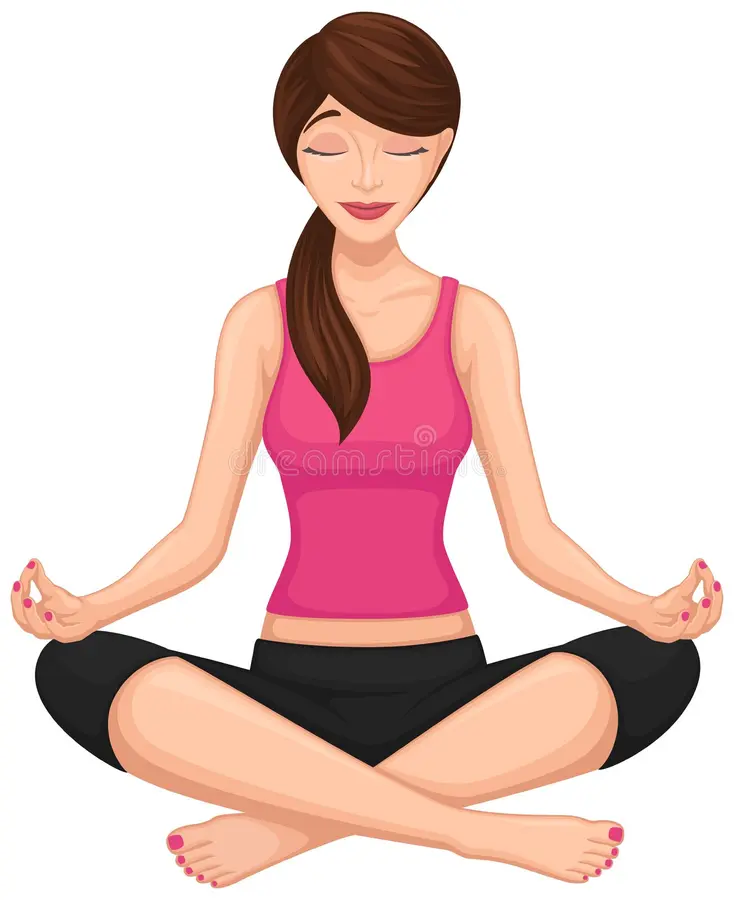
- Sukhasana will assist elongate your hips and extend your spine. In addition, it aids in relaxation and lessens the impact of worry. This kind of yoga can also assist lessen physical and mental tiredness.
- With your legs out in front of you and your back straight, take a seat.
- With your left foot under your right knee and your right foot under your left knee, bend your knees.
- Keep your knees and palms together.
- Adjust your neck, spine, and head.
- Keep your head straight and focus on your breathing.
- After holding this posture for sixty seconds, switch up your crossed legs.
Balasana (Child’s pose):

- This kind of yoga is beneficial to your nervous and lymphatic systems. It releases tension from the body and calms the mind while stretching your thighs, ankles, and hips.
- On your knees, sit on your heels.
- Bend forward to the point where your thighs and chest meet.
- Extend your hands out in front of you.
- Breathe deeply and hold this position as long as you can.
Paschimottanasana (Seated forward bend):
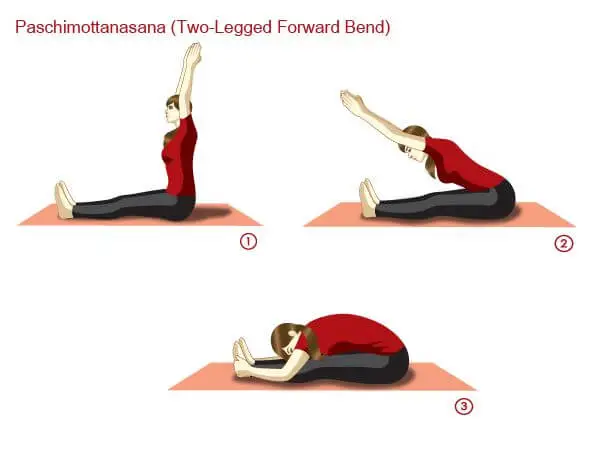
- This pose is ideal for opening up your lower back and spine. In addition to the general stress-relieving effects of most asanas, this one lessens PMS symptoms, enhances digestion, lessens exhaustion, and eases menopause symptoms.
- With your feet facing front, take a seat.
- Bend forward so that your thighs and stomach meet.
- With your hands, grasp your feet.
- After maintaining this posture for 30 seconds, go back to your starting position.
Ananda Balasana (Happy baby pose):

- This pose is very beneficial for the groin and the spine. It also aids in anxiety and stress management.
- With your arms by your sides and your legs outstretched, take a flat, back position.
- Bring your knees up to your abdomen.
- Hold your feet and extend your hands.
- Stretch your knees wide and hold this posture for a full minute.
Repetitive prayer.
Using breath concentration exercises, you recite a brief prayer or a sentence from a prayer silently. If you find significance in religion or spirituality, you could find this approach especially interesting.
Experts advise trying out a few different approaches to determine which one suits you the best rather than settling on just one. Although even a little time might be beneficial, try to practice for at least 20 minutes each day. However, the advantages and degree of stress reduction increase with the duration and frequency of various relaxation practices.
Self-massage
I’m sure you already know how much a professional massage in a spa or fitness center can do to remove tension in the muscles, reduce stress, and relieve pain. You might not know, though, that self-massaging, massaging a loved one, or using an adjustable bed with an integrated massage function might provide you with some of the same advantages at home or at work.
Whether you’re trying to decompress on the couch after a long day, at your desk in between tasks, or in bed before bed, consider spending a few minutes massaging yourself. Use scented lotion or oil, or combine self-messaging with mindfulness or deep breathing exercises, to further promote relaxation.
A five-minute self-massage to relieve stress
Combining strokes is a good way to release tense muscles. Try tapping with your fingers or your palms cupped, or try making light chops with the edge of your hands. Apply pressure with your fingers on tense muscles. Try massaging across your muscles with long, gentle strokes that glide. Any area of the body that is easily within your reach can be treated with these strokes.
Try concentrating on your head and neck during a brief session like this one:
Knead the muscles in your shoulders and the back of your neck to begin. Grasp a loose hand and quickly drum the back and sides of your neck. Next, make small circles around the base of your skull using your thumbs. With your fingertips, gently massage the remaining portion of your scalp.
Now give your face a massage. Using your thumbs or fingertips, draw a succession of little circles. Focus especially on the muscles in your jaw, forehead, and temples. Start by massaging the bridge of your nose with your middle fingers, then move them outward across your eyebrows and into your temples.
Lastly, shut your eyes. For a little period of time, lightly cup your hands over your face and take easy breaths in and out.
Rhythmic movement and mindful exercise
While the thought of working out might not sound very calming, the relaxation response can be triggered by rhythmic activity that puts you into a state of repetitive movement flow. For example, consider: Walking, jogging, swimming, dancing, rowing, and climbing
When working on exercise, incorporate mindfulness for optimal stress reduction.
Even though rhythmic exercise alone might help you decompress, incorporating mindfulness practices into your routine can have even greater advantages.
Similar to meditation, mindful exercise necessitates complete present-moment awareness, focusing on how your body feels at that precise time rather than on worries or concerns from the previous day. During your workout, pay attention to your breathing and how it coordinates with your activity rather than dropping off or looking at a TV.
For example, whether you’re running or walking, pay attention to the feel of the wind on your face, the rhythm of your breathing, and the sensation of your feet hitting the ground.
When doing resistance training, concentrate on breathing in rhythm with your motions and be mindful of your body’s sensations as you raise and lower the weights. And if your thoughts are lost, gently bring them back to your breathing and movement.
Biofeedback-Assisted Relaxation:
Through feedback, which is typically given by an electronic device, you become adept at identifying and controlling your body’s reactions. You may watch how your blood pressure, heart rate, and muscular tension vary when you feel worried or relaxed thanks to the electronic equipment.
Self-Hypnosis:
Through self-hypnosis programs, individuals learn how to initiate the relaxation response on their own, using a spoken or nonverbal signal known as a “suggestion.”
Music therapy
when a therapist uses music to achieve wellness objectives.
Art therapy
which improves your mental, emotional, and physical health via the use of art.
Aromatherapy
or the use of essential oils as a therapeutic method.
Hydrotherapy
It can involve steam baths, compresses, or even bathing.
Relaxation techniques take practice
You might become more conscious of tense muscles and other physical responses your body makes to stress as you master relaxation techniques. You can attempt to practice a relaxation method as soon as you begin to experience the signs of stress if you are aware of how the stress response feels. By doing this, you can keep stress from spiraling out of control and deteriorating your life’s quality.
Recall that methods for relaxing are skills. Your ability to relax becomes better with practice, just like any other talent. Have patience with yourself. Try not to let trying relaxing techniques lead to additional tension.
Try a different relaxation method if the first one doesn’t work for you. Consult your healthcare provider about other choices if you are experiencing no success in reducing your stress.
Additionally, keep in mind that certain people may experience psychological pain when using certain relaxation techniques, particularly those who have severe mental health problems and a history of abuse or trauma. It is rare, so stop what you’re doing if you experience emotional distress when using relaxation techniques. Speak with your healthcare practitioner or a mental health specialist.
Can relaxation techniques help during labor and childbirth?
Many women would want to manage their labor and delivery pain without the use of drugs.
Five studies with 1,248 participants in total that used different relaxation techniques and gauged the level of pain experienced by laboring women were included in a 2018 review. Overall, the research revealed that relaxation methods could assist women in managing their labor pain; however, the quality of the studies ranged from extremely low to low.
It’s also difficult to determine which particular relaxation techniques might be helpful because numerous approaches were applied.
In a 2019 review, women’s opinions and experiences with non-drug (massage, relaxation) and pharmaceutical (epidurals, opioids) pain management during labor and delivery were compared. Eight research with ninety-nine women examined relaxation. The total results revealed inconsistent results for the two pain management techniques.
Certain ladies who used non-pharmacological techniques stated that the results were not as good as they had hoped.
Can children and adolescents benefit from relaxation techniques?
Children and teenagers experiencing pain, anxiety, sadness, headaches, or trouble with needle-related procedures may find relief with certain relaxation techniques. However, a large portion of the supporting data was deemed to be of low quality, so our understanding of the potential advantages is still incomplete.
Can relaxation techniques lower blood pressure?
Serious health issues like heart attacks, strokes, heart failure, and renal failure can be caused by high blood pressure. Preventing high blood pressure can be achieved by leading a healthy lifestyle. Understanding how to relax and handle stress is one aspect of leading a healthy lifestyle.
According to a 2019 evaluation of 17 research with 1,165 participants, slow breathing exercises reduced blood pressure somewhat and could be a good starting point for patients with low-risk high blood pressure or prehypertension.
However, the research included in this review varied greatly in their methods, had brief follow-up times, and had a high potential for bias. In addition, the trials did not examine the potential impact of slow breathing exercises on health outcomes, such as heart attacks or strokes.
According to a 2018 study, biofeedback and relaxation techniques may help lower blood pressure, however, only modest recommendations were provided for its use because the quality of the data from the 29 research varied from very low to low.
It’s critical to adhere to the treatment plan your healthcare practitioner has recommended if you have high blood pressure. It is essential to adhere to your treatment plan as it has the potential to avert or postpone major issues caused by hypertension. Talk to your healthcare physician about any alternative or integrative methods you are thinking about using to treat your high blood pressure.
Techniques for relaxation may be helpful for headaches, low back pain, post-operative pain, and pain associated with arthritis. However, some of the supporting data has received a low-quality rating. It’s uncertain if relaxing methods are helpful for fibromyalgia pain.
Are relaxation methods beneficial before, during, and after cancer treatment?
Two professional societies advise using relaxation techniques both during and after breast cancer treatment. Other cancer forms have not been the subject of as much investigation, and the findings of that research have occasionally been contradictory.
The Society for Integrative Oncology revised its clinical practice recommendations for integrative therapy use in breast cancer treatment in 2017 and beyond. The revised recommendations have the endorsement of the American Society of Clinical Oncology.
The guidelines suggested using relaxation techniques to treat depression and improve mood. Additionally, according to the guidelines, relaxation techniques may be recommended to certain individuals in order to help manage their nausea and vomiting during chemotherapy, as well as to help them cope with stress and anxiety.
Can relaxation techniques help you sleep?
As the first line of treatment for chronic insomnia, cognitive behavioral therapy for insomnia, or CBT-I, is highly advised by the American College of Physicians’ 2016 practice guidelines. At times, CBT-I may include relaxation methods. However, it doesn’t appear that relaxing methods by themselves are very effective for promoting sleep.
The American College of Physicians (2016) practice guidelines state that not enough research has been done to determine how relaxation techniques might impact the sleep of the general public and older persons who suffer from chronic insomnia.
A 2018 study examined 27 research that attempted to enhance sleep using psychological therapies. 2,776 college students, ranging from those who slept normally to those who had a sleep condition diagnosed, participated in the trials.
This review suggested cognitive behavioral therapy to help college students sleep better, in keeping with the American College of Physicians’ recommendations. The analysis also discovered that relaxation techniques, particularly for mental health, were moderately helpful with both poor sleep quality and sleep issues.
The authors suggested combining cognitive behavioral therapy with “relaxation, mindfulness, and hypnotherapy” treatments to maximize the positive effects on mental health.
According to a 2015 review, autogenic training and guided imagery reduced the amount of time needed to fall asleep, but they were ineffective when compared to a placebo. A total of 284 participants from seven research were taken into consideration.
Do relaxation techniques have any side effects?
This review suggested cognitive behavioral therapy to help college students sleep better, in keeping with the American College of Physicians’ recommendations. The analysis also discovered that relaxation techniques, particularly for mental health, were moderately helpful with both poor sleep quality and sleep issues.
The authors suggested combining cognitive behavioral therapy with “relaxation, mindfulness, and hypnotherapy” treatments to maximize the positive effects on mental health.
According to a 2015 review, autogenic training and guided imagery reduced the amount of time needed to fall asleep, but they were ineffective when compared to a placebo. A total of 284 participants from seven research were taken into consideration.
Conclusion
To sum up, relaxation methods are useful tools for stress management, anxiety reduction, and improvement of general mental and physical health. Techniques like progressive muscle relaxation, deep breathing, guided imagery, and meditation all contribute to mental calmness, reduced tension in the muscles, and enhanced emotional resilience. These methods are useful for those who want to improve their quality of life because they are easily obtainable, simple to learn, and adaptable to everyday activities.
Regular use of relaxation techniques can result in long-term advantages that support a happier and more balanced lifestyle. These advantages include better mood, better sleep, and stronger coping skills.
FAQ
What are five relaxation techniques?
Progressive relaxation, guided imagery, biofeedback, self-hypnosis, and deep breathing exercises are a few activities that fall under the category of relaxation techniques.
What are three relaxation techniques?
In order to tackle stress, you must trigger your body’s innate relaxation reaction. Methods like yoga, meditation, deep breathing, and visualization can be beneficial.
What is the most basic effective relaxation technique to reduce anxiety?
Concentrate on your breathing. You take long, slow, deep breaths (sometimes called abdominal or belly breathing) in this easy yet effective technique.
Scan your body.
Oriented visualization.Repetitive prayer, yoga, tai chi, qigong, mindfulness meditation, etc.
Photograph by FatCamera/Getty Images.
What is the 5 4 3 2 1 relaxation method?
Five objects must be identified, four must be touched, three must be heard, two must be smelled, and one must be tasted. This helps you turn your attention from thoughts that make you anxious to the here and now.
How many types of relaxation techniques are there?
Deep breathing exercises come in a variety of forms, such as timed respiration, diaphragmatic breathing, and abdominal breathing. These exercises can be coupled with other stress-relieving activities, such as aromatherapy and music. The best part is that it is portable and simple to learn.
What is the most relaxing technique?
To tackle stress, you must trigger your body’s natural relaxation reaction. Methods like yoga, meditation, deep breathing, and visualization can be beneficial.
References
- Relaxation Techniques. (n.d.). Physiopedia. https://www.physio-pedia.com/Relaxation_Techniques
- Relaxation techniques: Try these steps to lower stress. (2024, January 24). Mayo Clinic. https://www.mayoclinic.org/healthy-lifestyle/stress-management/in-depth/relaxation-technique/art
- Six relaxation techniques to reduce stress. (2022, February 2). Harvard Health. https://www.health.harvard.edu/mind-and-mood/six-relaxation-techniques-to-reduce-stress
- Robinson, L. (2024, February 5). Relaxation Techniques for Stress Relief. HelpGuide.org. https://www.helpguide.org/articles/stress/relaxation-techniques-for-stress-relief.htm
- Relaxation Techniques for Health. (n.d.). NCCIH. https://www.nccih.nih.gov/health/relaxation-techniques-what-you-need-to-know
- Erdman, S. (2021, April 9). Relaxation Techniques: Learn How to Manage Stress. WebMD. https://www.webmd.com/balance/stress-management/features/blissing-out-10-relaxation-techniques-reduce-stress-spot
- Toshi, N. (2024, May 7). 7 Types Of Relaxation Techniques That Help You Fight Stress! PharmEasy Blog. https://pharmeasy.in/blog/7-types-of-relaxation-techniques/

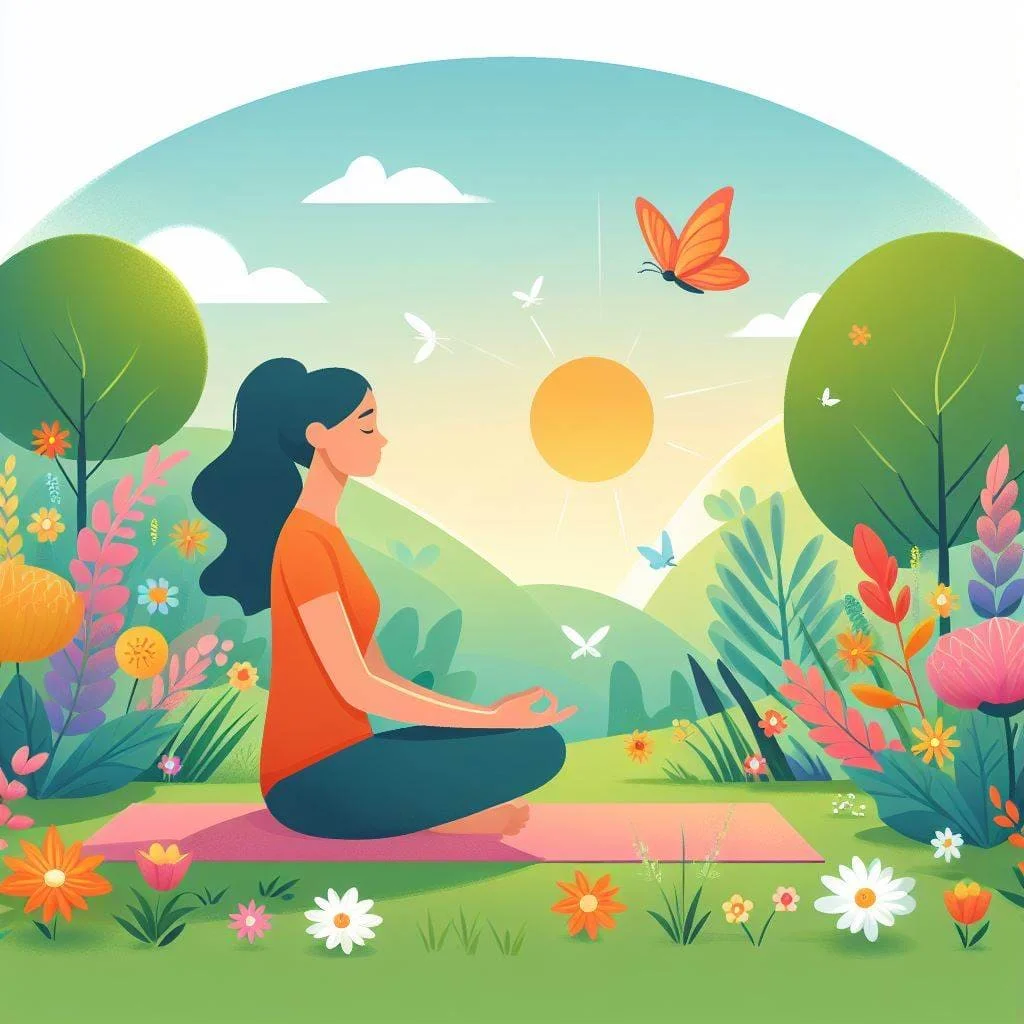
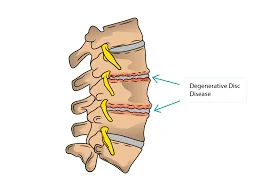
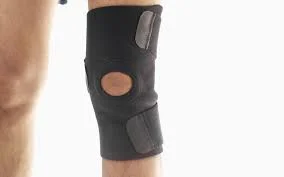
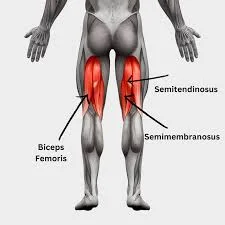
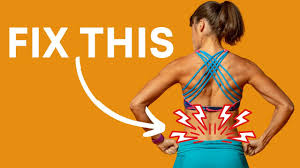
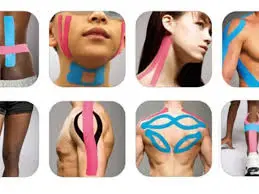
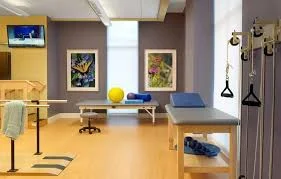
One Comment